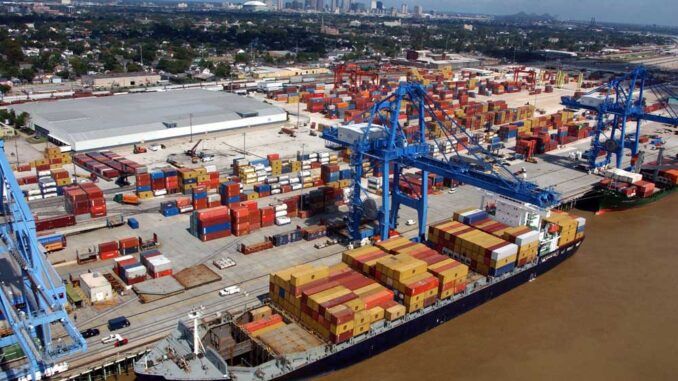
From Independence to Collaboration
For decades, each port operated independently. Now, under the recently established Ports and Waterways Investment Commission, Louisiana’s ports are working in unison to identify and prioritize transformative infrastructure projects.
At its most recent meeting, the commission highlighted three key investments:
The Louisiana International Terminal in St. Bernard Parish
The Peters Road Bridge in Plaquemines Parish, connecting to Jefferson Parish
A new deepwater dock in Ascension Parish to support Hyundai Steel
The Hyundai Project is among the first tangible outcomes of this collaboration. As part of Hyundai’s $6 billion investment in Louisiana, the Port of South Louisiana will build and operate a $26 million deepwater dock on land controlled by the Port of Greater Baton Rouge.
A Global Trade Strategy for Louisiana
This new era of port cooperation aligns with Louisiana’s broader push to expand its international trade footprint. The administration of Governor Jeff Landry has launched a targeted global trade strategy, narrowing Louisiana’s focus to Japan, Australia, and select European nations, markets that align with the state’s competitive strengths in energy, aerospace, and logistics. To lead and manage this effort, the state has contracted with the World Trade Center of New Orleans.
Positioning Louisiana for the Future
With the Lower Mississippi River ports now moving in lockstep, Louisiana is strengthening its role as a critical hub for U.S. trade. By investing strategically and pursuing targeted global markets, state leaders and port officials are positioning Louisiana to capture new opportunities in global commerce while reinforcing the historic importance of the Mississippi River as America’s gateway to the world.
Recommended For You.



Be the first to comment